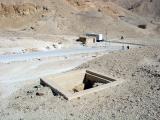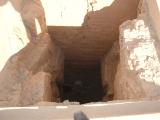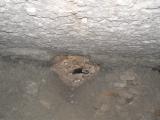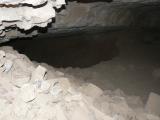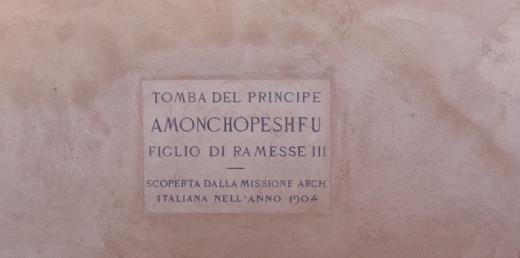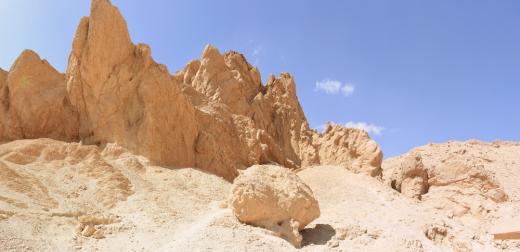About
About
QV 81 is located on the south side of the paved visitor path, up slope from QV 3 and QV 5. It consists of a vertical shaft leading to a poorly formed central chamber, oriented roughly north-south. This chamber is flanked by two poorly formed side chambers that are roughly oriented east-west. The north side of QV 81's eastern chamber is connected to the rear chamber of QV 3. The shaft entrance has a cemented masonry surround spanned by a metal grill.
The tomb was last cleared by the Franco-Egyptian Mission in 1985-6.
Site History
The tomb was constructed during the 18th Dynasty.
Dating
This site was used during the following period(s):
Exploration
Conservation
Site Condition
According to the GCI-SCA, the rock throughout the tomb is highly fractured. The ceiling of the three chambers has areas of loss and rock collapse. There is evidence of flooding with cracked, dried mud on the floor of the middle and eastern chambers, and to a lesser extent on the floor of the western chamber, which is at a higher level than the others. Given that the shaft opening is at a relatively high elevation near the top of a hill, past flood waters apparently passed from QV3 to QV 81 through the break in the eastern chamber of QV 81.
Following a geotechnical assessment conducted by Hamza Associates in February 2010, this tomb was deemed to be stable despite the fractured rock. Bats roost in this tomb; one was observed by the GCI-SCA in 2007 and more than five were seen in 2009. The inherently poor quality of the rock and its subjection to flooding have resulted in widespread fracturing and localized rock collapse. The tomb continues to be at high risk of flooding through QV 3.



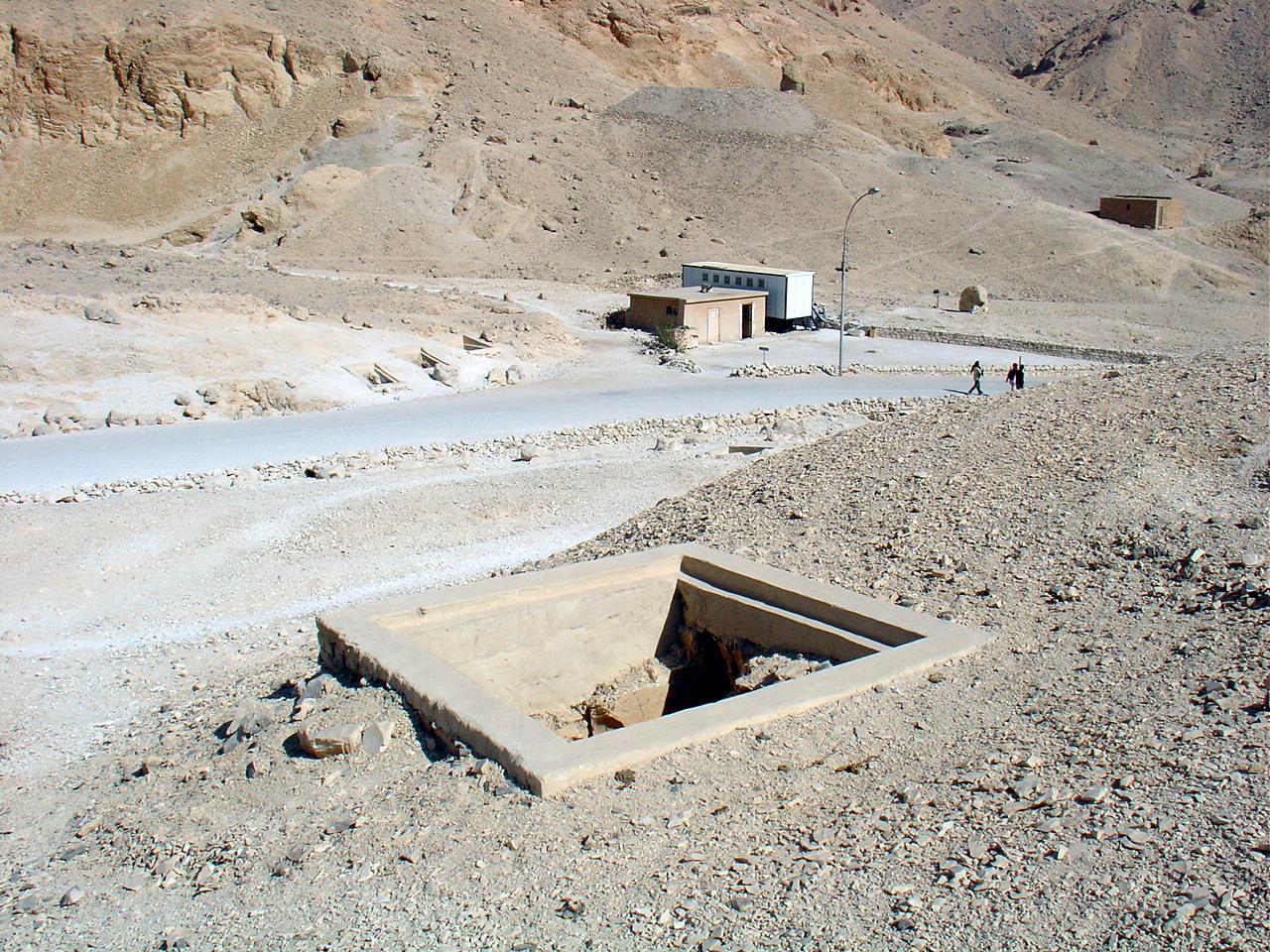

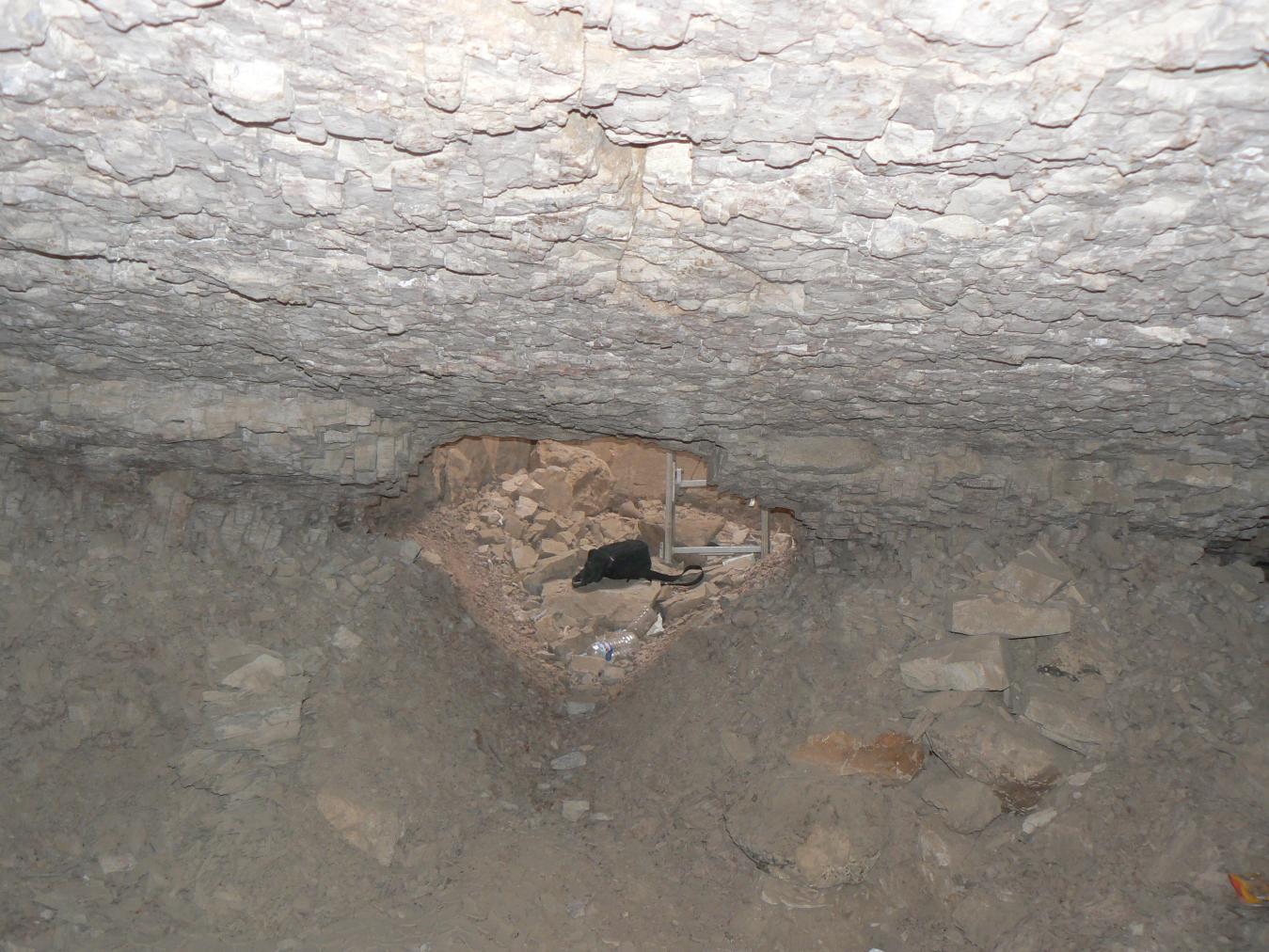
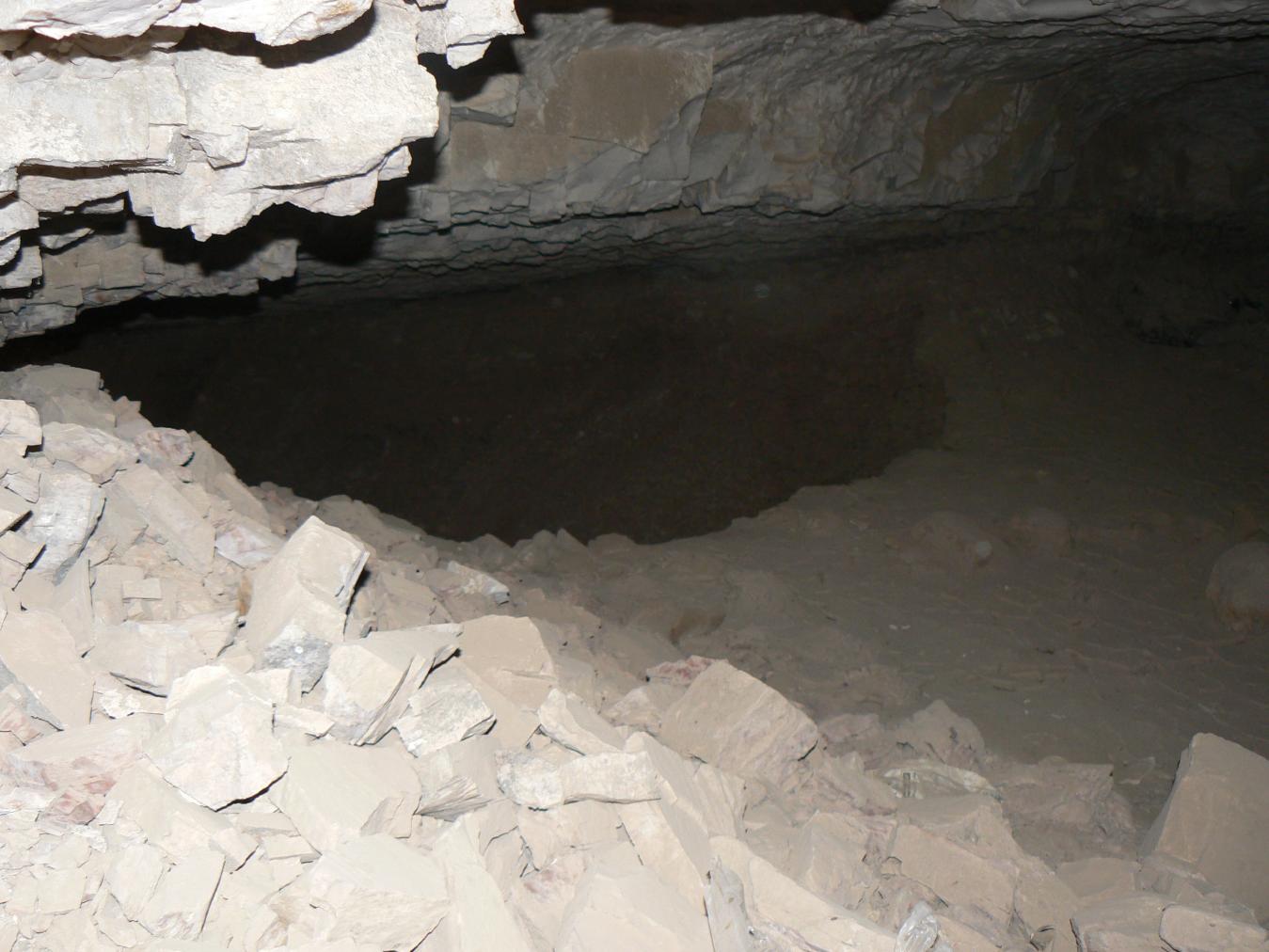
Articles
Tomb Numbering Systems in the Valley of the Queens and the Western Wadis
Geography and Geology of the Valley of the Queens and Western Wadis
Bibliography
CNRS mission report: Centre national de la recherche scientifique (France). 1985-1986. Rapport d'activité 1985-1986 URA no. 1064.
Demas, Martha and Neville Agnew (eds). Valley of the Queens. Assessment Report. Los Angeles: The Getty Conservation Institute, 2012, 2016. Two vols.
Leblanc, Christian. Ta set nefrou: une nécropole de Thèbes-ouest et son histoire, 1: géographie- toponymie: historique de l'exploration scientifique du site. Cairo: Nubar Printing House, 1989.




